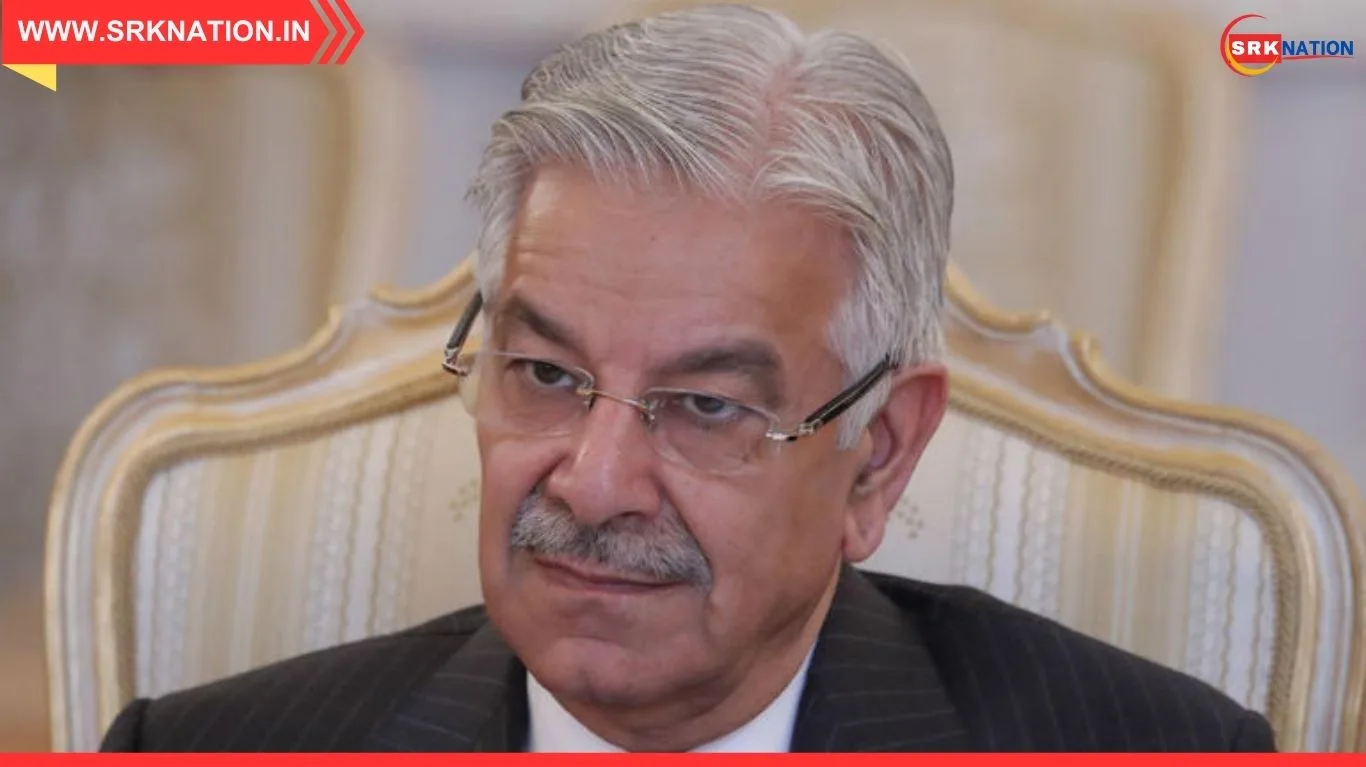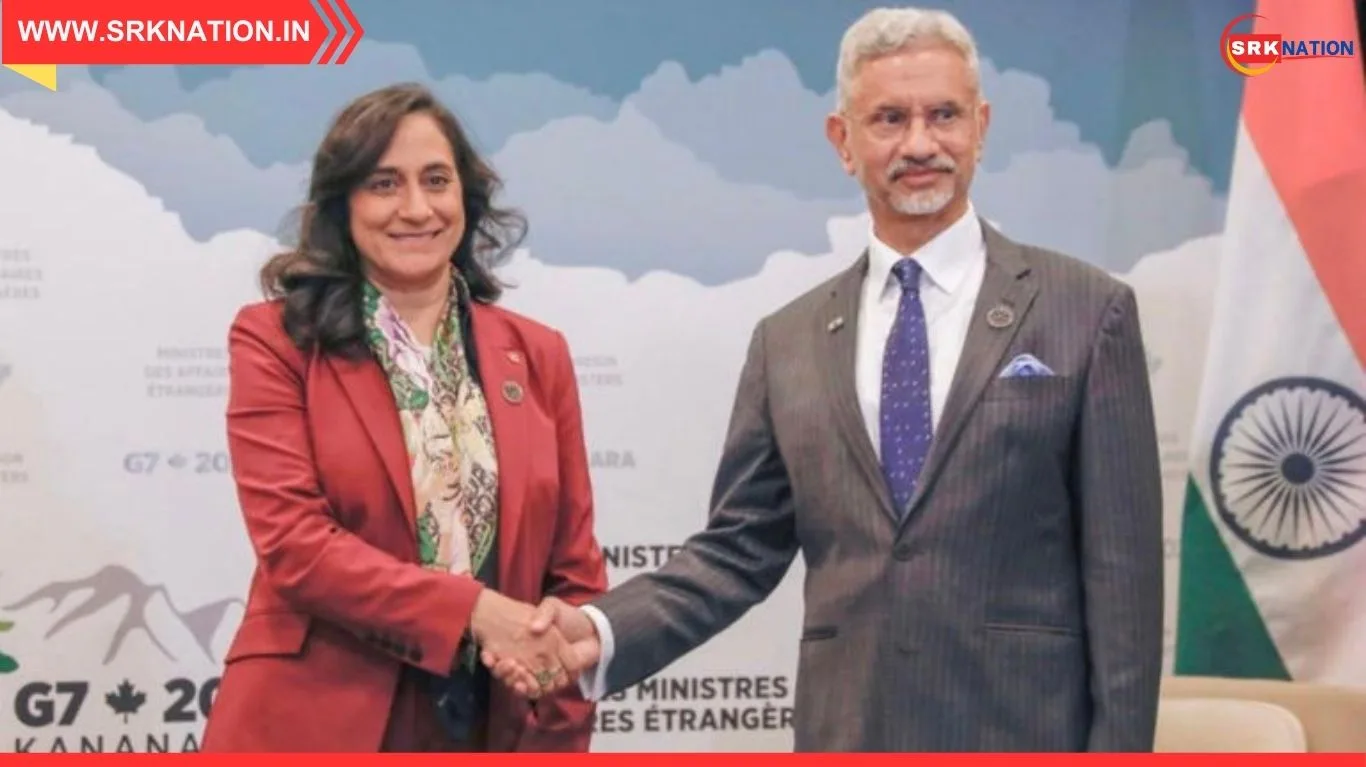In a landmark move reshaping Pakistan’s military leadership structure, Field Marshal Asim Munir has been elevated to serve as the country’s first Chief of Defence Forces (CDF) following the passage of the 27th Constitutional Amendment Bill. The decision, ratified by Parliament on November 9, 2025, grants Munir sweeping powers over the Army, Navy, and Air Force, consolidating command under a single office for the first time in Pakistan’s history.
The newly created post replaces the Chairman of the Joint Chiefs of Staff Committee and merges it with the role of Chief of Army Staff (COAS), which Munir currently holds. This elevation comes months after Munir was promoted to Field Marshal following Operation Sindoor, a military standoff with India. The amendment to Article 243 of the Constitution formalizes the CDF role and empowers the President to appoint the Chief of Defence Forces on the advice of the Prime Minister.
🧠 Key Highlights of Asim Munir’s Elevation
| Attribute | Details |
|---|---|
| New Role | Chief of Defence Forces (CDF) |
| Previous Role | Chief of Army Staff (COAS), Field Marshal |
| Date of Elevation | November 9, 2025 |
| Constitutional Amendment | 27th Amendment, changes to Article 243 |
| Appointing Authority | President of Pakistan, advised by Prime Minister |
| Replaced Position | Chairman Joint Chiefs of Staff Committee |
The move is seen as a strategic effort to enhance coordination among Pakistan’s armed services and streamline military command.
📊 Timeline of Asim Munir’s Career and Elevation
| Year | Milestone Description | Impact |
|---|---|---|
| 2018 | Appointed DG ISI | Oversaw intelligence operations |
| 2019 | Promoted to Lieutenant General | Took command of XXX Corps, Gujranwala |
| 2022 | Appointed Chief of Army Staff | Became Pakistan’s top military officer |
| 2025 | Promoted to Field Marshal | Recognized for leadership during Operation Sindoor |
| 2025 | Elevated to Chief of Defence Forces | First in Pakistan’s history |
Munir’s rise reflects a blend of battlefield experience, intelligence leadership, and institutional reform.
🗣️ Reactions from Political and Military Circles
| Stakeholder | Commentary Summary |
|---|---|
| Law Minister Azam Nazeer Tarar | “This amendment strengthens national security and command efficiency.” |
| Military Analysts | “CDF role centralizes authority, reducing inter-service friction.” |
| Opposition Leaders | “Concerns over concentration of power must be addressed.” |
| Public Sentiment | “Mixed reactions, with praise for Munir’s leadership.” |
The amendment has sparked debate over civil-military balance and long-term implications for governance.
📌 Strategic Implications of the CDF Role
| Area | Potential Impact |
|---|---|
| Military Coordination | Unified command across Army, Navy, Air Force |
| National Security | Faster response and strategic alignment |
| Civil-Military Relations | Potential shift in power dynamics |
| Regional Diplomacy | Signals assertiveness in South Asia |
The CDF role is expected to redefine Pakistan’s defense posture and operational readiness.
📈 Comparative Snapshot – Military Leadership Structures
| Country | Equivalent Role | Title Used | Civilian Oversight |
|---|---|---|---|
| United States | Chairman Joint Chiefs | General | Secretary of Defense |
| India | Chief of Defence Staff | General | Ministry of Defence |
| China | Central Military Commission | Chairman | Communist Party Control |
| Pakistan | Chief of Defence Forces | Field Marshal | President (advised by PM) |
Pakistan’s model now mirrors India’s CDS structure but grants broader constitutional authority.
📊 Breakdown of 27th Constitutional Amendment Bill
| Clause No. | Amendment Summary | Purpose |
|---|---|---|
| 1–10 | Creation of CDF post | Establish new military leadership role |
| 11–20 | Abolition of CJCSC | Merge roles for streamlined command |
| 21–30 | Powers and privileges of CDF | Define scope and authority |
| 31–40 | Appointment procedures | Presidential appointment on PM’s advice |
| 41–49 | Oversight and accountability provisions | Ensure checks and balances |
The bill was passed with majority support in both houses of Parliament.
📌 Conclusion
Asim Munir’s elevation to Pakistan’s first Chief of Defence Forces marks a transformative moment in the country’s military history. With expanded powers and a unified command structure, Munir is now positioned to lead Pakistan’s defense apparatus into a new era of strategic coordination and operational efficiency. While the move has drawn both praise and scrutiny, it undeniably reshapes the contours of civil-military relations and sets a precedent for future leadership transitions.
Disclaimer: This article is based on publicly available news reports, official statements, and verified media coverage. It is intended for informational and editorial purposes only and does not constitute legal or political advice.











